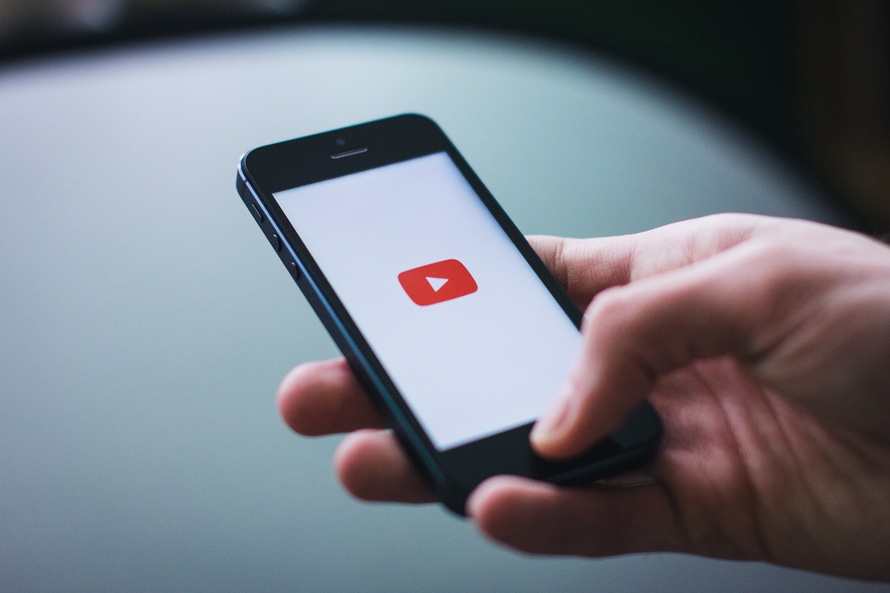Why It’s Time to Start Paying Attention to Live Video

On April 8th, 2016, more than 800,000 people simultaneously tuned in to watch a Buzzfeed Facebook Live video entitled, “Watch us explode this watermelon one rubber band at a time!” Buzzfeed broke the record for the amount of people watching a video live at the same time, with 807,000 viewers all watching at the peak of the 45-minute video. Many of the thousands of comments on the video were something along the lines of “Why have I been watching this video for the past half an hour, what am I doing with my life?” Although we can’t answer the bigger question of life priorities, we can understand, at least partly, why so many people would choose to spend time watching such a random, non-essential video.
A recent report by Cisco reveals that mobile video traffic now accounts for over half of all mobile data traffic – and this number is only growing. Within the next 5 years, Cisco predicts that 75% of the world’s mobile data traffic will be video. We’ve already seen how video has become a big part of our Facebook and Twitter feeds, with things like auto-play and automatic captioning making it even easier to watch. In January, it was reported that over 100 million hours of live video was being watched everyday on Facebook alone. Video is more captivating and engaging than words on a screen, and Live Video is even more so because of the level of interaction that is available.
What You Need to Know
Facebook Live was launched last summer, but new features were just released in April that make it easier to personalize, interact with, and discover live broadcasts. There’s even an official website, dedicated entirely to teaching people about Facebook Live with helpful tips, FAQs, and extensions. Facebook seems to realize the huge potential live streaming has, and the many advantages it can offer to users that understand how to harness this power. In a recent Facebook post, Mark Zuckerburg commented on how Live Video is “like having a TV camera in your pocket. Anyone with a phone now has the power to broadcast to anyone in the world.” A Wall Street Journal article wrote that Live “may very well be the future of live TV”. It can be used to stream something as small and private as a child’s piano recital to a select group of friends and family, or something interactive and educational, like how to cook a complicated recipe. The possibilities with easily accessible and easily recorded live streams are endless, and always have been. However, its recent integration with Facebook as a platform that billions of people use frequently suddenly makes it a force to be reckoned with, one that marketers should jump on as early as possible.
The two biggest things marketers should know about Live Video are the way it is prioritized, and its range of interactive capabilities. We’ve been hearing a lot lately about algorithmic news feeds, sponsored posts, and how that greatly affects the digital marketing and advertising world. Live Video now needs to be added into the mix of things to think about when creating and posting content, as anything streaming live will move to the top of the news feed. Instead of posting a how-to video on your page, consider live streaming it to be seen by more of your fans and friends.
Using data from the initial usage of Live Video, Facebook found that users commented over 10 times more on Live Videos than they did regular ones. Instant interaction is one of the most attractive features of Live Video and is made even better through Live Reactions, Replay Comments, and Live Filters. These features are a great way for brands to have instant feedback from their audience, and help to engage them on a deeper level.
Although Live Video seems to be set up for huge success, marketers should always be cogniscient of the advantages and disadvantages associated with renting versus owning content. At any time, Facebook could change Live Video’s features, privacy settings, content control, etc., in a way that creates problems for brands. Live Video will change the way we create and share content, but as with every new change that comes along, a fair amount of caution and discretion should be used.
Amanda Samuel is a junior studying marketing and entrepreneurship at the University of Wisconsin-Madison. You can follow her on Twitter or Instagram @asamuel20.






